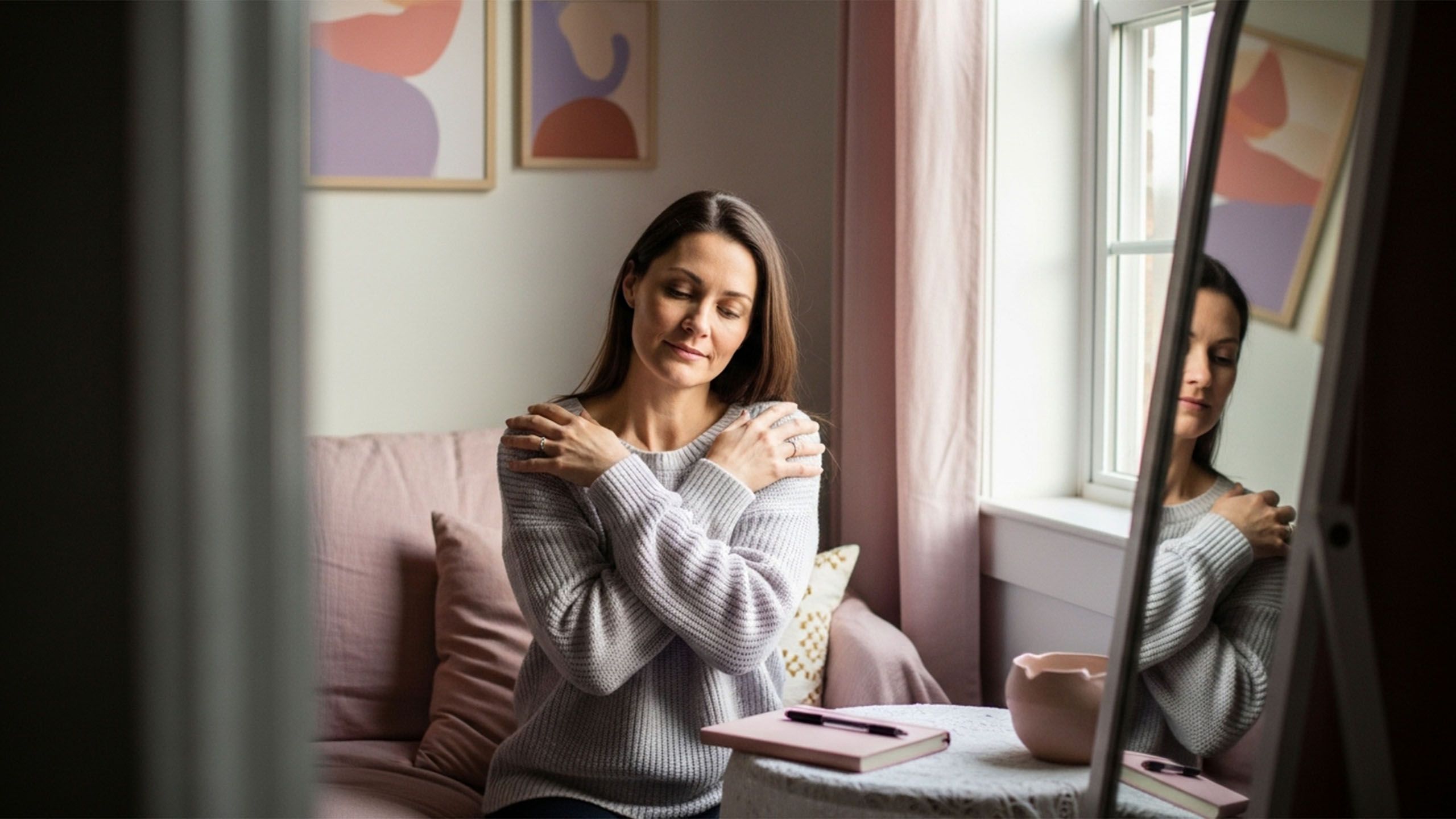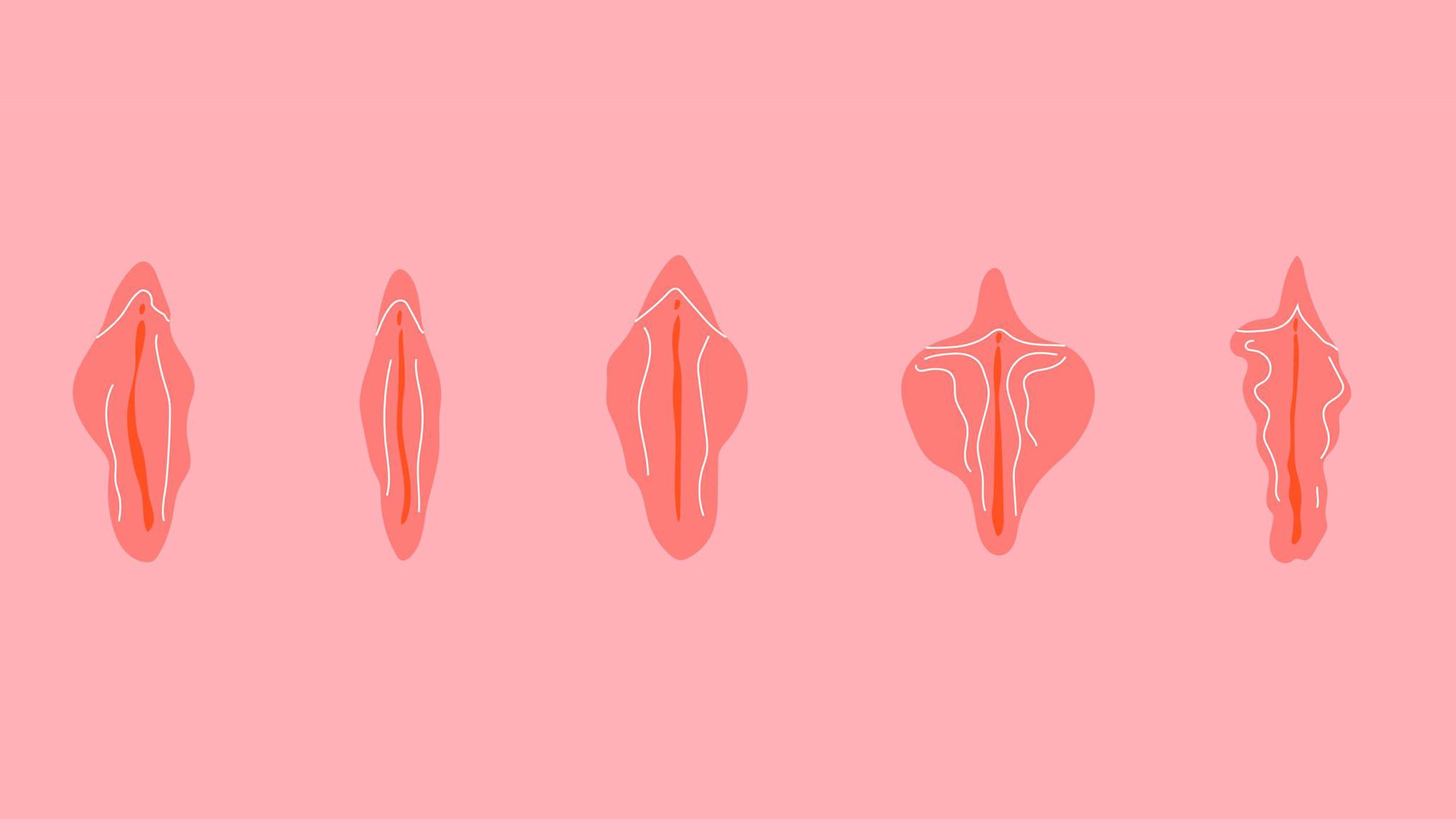The Real Look of Vulvas: Beauty, Myths, and What’s Actually Normal

Setting the Stage
If there’s one topic that manages to stay shrouded in mystery—even in the age of oversharing—it’s the vulva. For many women, the first time they really see one up close (other than their own) is either in an anatomy diagram or in pornography. Both present an idealized image that’s far from reality. The truth? Vulvas come in an incredible range of shapes, colors, and textures. Some are neat and tucked in; others are more open and pronounced. And guess what—every single one of them is completely normal.
Still, let’s be real: society has opinions about beauty, and those opinions don’t just disappear when it comes to intimate parts. So, how do you separate what’s “aesthetic trend” from what’s healthy and real? Let’s talk about the different looks of vulvas, why expectations are often skewed, and how to feel confident—no matter what you’ve got going on down there.
Section 1: Where Did These Beauty Standards Come From?
It’s impossible to talk about appearance without talking about influence. Pornography, glossy magazines, and even medical diagrams have been shaping what many people think a “perfect” vulva looks like. In the media version, the labia minora (the inner lips) are usually small and tucked neatly inside the labia majora (the outer lips). The color? Usually a uniform pink tone.
But here’s the kicker: this image represents only a tiny fraction of real-life anatomy. Our studies show that the length of the labia minora alone can range from as little as 5 mm to over 8 cm—and even those on the larger end of the spectrum are completely healthy and functional. When it comes to what we perceive as beautiful, it’s an entirely different matter. As humans, we tend to favor certain appearances when it comes to body parts and features.
Why is there such a narrow ideal for female intimate areas? Visual trends play a significant role. Just as preferences for thin or thick eyebrows cycle in and out of fashion, so do aesthetic standards for intimate areas. The increasing popularity of labiaplasty, a surgical procedure to reshape the labia, stems partly from women comparing themselves to unrealistic media portrayals and the widespread censorship of female genitalia.
Consider mainstream media: when was the last time a mainstream movie included an unedited, close-up depiction of female genitalia? While male genitalia are also typically censored, they are increasingly shown in films, sometimes in close-up shots. In contrast, the near-total absence of realistic female anatomy in most media provides little opportunity for comparison. Even in everyday settings, such as locker rooms, women rarely see other women’s bodies due to the privacy of changing stalls. This lack of representation often leads individuals to turn to adult media, which frequently showcases a specific, often surgically altered ideal. Such portrayals contribute to unrealistic standards and normalize surgical procedures to achieve a particular appearance.
Section 2: The Many Looks of Vulvas
Let’s break it down into what you might see in real life—without judgment, just facts:
-
The Tucked Look: Inner lips are hidden or barely visible. Commonly seen in anatomy textbooks and porn, but not the only “normal.”
-
The Peek-a-Boo: Inner lips show slightly beyond the outer lips, giving a soft layered look.
-
The Full Bloom: Labia minora extend noticeably beyond the outer lips. This can look delicate or bold, but it’s still entirely normal.
-
Color Variations: Vulvas can range from pale pink to deep brown, sometimes even within the same person. Hyperpigmentation on the inner thighs or around the labia is also common, especially after puberty or pregnancy.
-
Texture and Folds: Smooth or wrinkled, symmetrical or asymmetrical—it all happens naturally.
If you’re wondering whether yours is “too big,” “too small,” or “too different,” the answer is almost always no. The only real red flag is pain, sores, or sudden changes, which should be checked by a doctor.
| Look | What It Means | Comfort Tips for Your Type of Labia | When to Check In |
|---|---|---|---|
| Tucked | Inner lips are mostly within the outer lips. Common, not a standard to aim for. | Any breathable fabric; mild, pH-balanced wash; avoid over-scrubbing. | Only if pain, sores, or sudden changes appear. |
| Peek-a-Boo | Inner lips show slightly beyond the outer lips. Very typical. | Moisture-wicking underwear for workouts; trim, don’t shave, if prone to ingrowns. | If irritation persists after changing fabrics or products. |
| Full Bloom | Inner lips extend noticeably. Normal and common, but some women don't like the look. | Seamless underwear; lubricants for friction-sensitive activities; bike-short liners. | If chafing leads to fissures, bleeding, or recurring infections. |
| Asymmetrical | One side longer/thicker than the other. Normal body variance to a certain degree. | Adjust seam placement; choose softer gussets; consider barrier balm on longer side. | If asymmetry is new, rapidly changing, or painful. |
| Curvy Outer Lips | Fuller labia majora, sometimes with visible fat pads. Very common. | Breathable cotton; avoid overly tight shapewear; support during high-impact exercise. | If lumps are firm, painful, or fixed in place. |
| Color Variations | Tones range widely and can darken with hormones, friction, or age. | Gentle exfoliation on adjacent skin only (not mucosa); avoid bleaching creams. | If you notice sudden color change with pain, sores, or discharge. |
Section 3: The Reality Check on ‘Pretty’ and ‘Ugly’
Let’s not sugarcoat it—beauty standards exist, and people have preferences. That doesn’t mean there’s a universal rulebook. What’s considered “attractive” varies wildly depending on culture, partner preferences, and personal taste. For example, some people love a more pronounced labia because it feels natural and real, while others like the smooth, tucked look. Neither is right or wrong.
But here’s the truth bomb: the obsession with one “ideal” shape is a modern invention. Historically, art celebrated vulvas that were fuller and more visible. Flip through Renaissance paintings or ancient sculptures, and you’ll see representations that don’t match the current trend. So, is it really about beauty—or just what’s trending right now?
Section 4: If You’re Feeling Self-Conscious
It’s normal to feel uncertain, especially if you’ve only seen a narrow version of what’s out there. Here’s what helps:
-
Get Familiar With Yourself – A mirror session might sound cliché, but knowing your own anatomy takes away the mystery.
-
Stop Comparing to Porn – Performers are often chosen or edited to fit an aesthetic ideal that’s not representative of most women.
-
Understand Variation is the Rule, Not the Exception – Every vulva you’ve ever seen in a locker room, medical book, or adult film is just one version of normal.
-
Talk About It (If You Want To) – Conversations with friends or a partner can help break the silence and normalize differences.
Section 5: When Is Surgery Worth Considering?
This guide isn’t here to shame anyone for wanting a change. If you feel discomfort—physical or emotional—that affects your confidence or quality of life, labiaplasty and other cosmetic options exist. But do it for yourself, not because of what you saw on a screen. And definitely speak to a qualified surgeon who can explain risks, recovery, and realistic outcomes.
Closing Thoughts: Owning What’s Yours
Your vulva is as individual as your fingerprint. There’s no ranking system, no universal scorecard. If you want to keep it natural, great. If you want to groom, shape, or even surgically tweak, that’s your call. What matters is understanding what’s normal, what’s healthy, and making choices based on confidence—not comparison.
So next time you catch yourself wondering if yours is “pretty” or “ugly,” remember: nature didn’t design them to match. And that’s exactly what makes each one unique.
Disclaimer: The articles and information provided by the Vagina Institute are for informational and educational purposes only. This content is not intended to be a substitute for professional medical advice, diagnosis, or treatment. Always seek the advice of your physician or another qualified health provider with any questions you may have regarding a medical condition.


 English
English  Deutsch
Deutsch  Español
Español  Français
Français 


